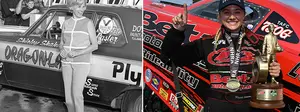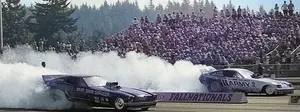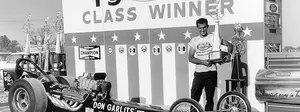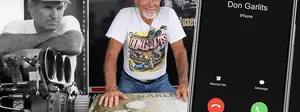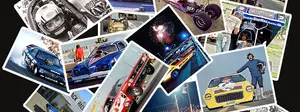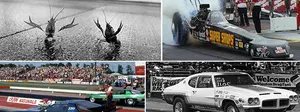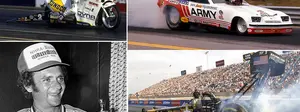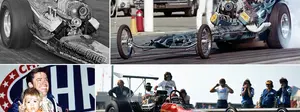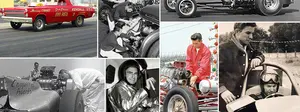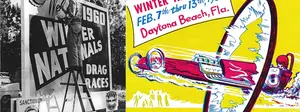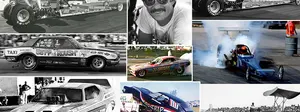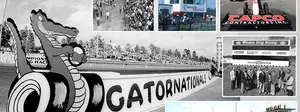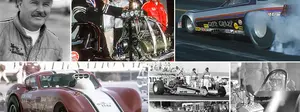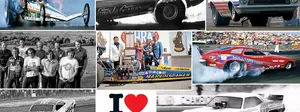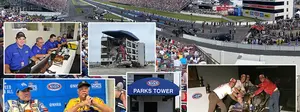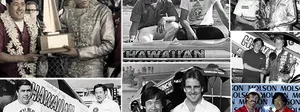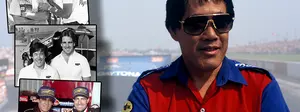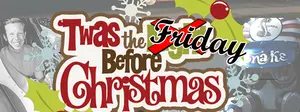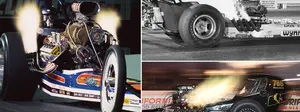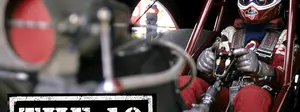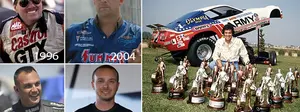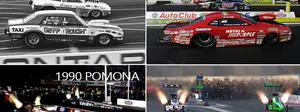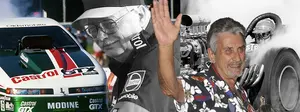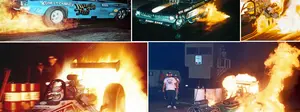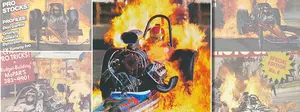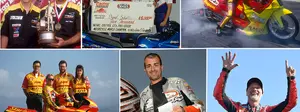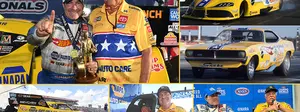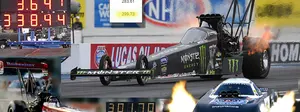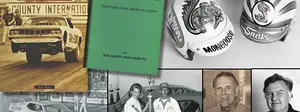Obsolete skills
Here's a little bench-racing discussion starter. The other day I came across the Web site ObsoleteSkills.com. It's a funny little place where there is a huge list of "skills" that are no longer required for humanity to master, such as dialing a rotary phone, adjusting rabbit ears on top of a TV, adjusting the dwell angle on your engine's distributor, changing the ribbon on a typewriter, hand-cranking the engine on a Ford Model T (and cranking up or down a car window), opening a can of beer or soda with a church key, putting a needle on a vinyl record (not to mention putting a penny atop it to stop the record from skipping!), searching a card catalog at the library, setting the choke to start a car, using carbon paper to make copies or correction fluid to fix typing mistakes, and the list goes on and on. Each entry contains an explanation of the skill, what year it was made obsolete, and what made it obsolete. It's pretty fun reading.
All of which got me to thinking (naturally; I think about this sport way too much): Which drag racing skills have become obsolete?
A couple of things leaped to mind immediately. Ragging gloves. Funny Car drivers pushing a high-speed leanout button. Fuel drivers doing a burnout without a throttle stop. Lapping valves. "Reading" spark plugs. What made them obsolete?
Ragging gloves was a trick from back in days of old when Top Fuel drivers sat behind the engine, and some drivers would tape or tie rags to the backs of the gloves and use them to wipe clean goggles after an oil bath from an expiring engine. Obviously, moving the engines behind the drivers and better oil containment devices (breather hoses, etc.) made this "skill" obsolete.
The high-speed leanout button was a trick from the 1970s and early 1980s where a fuel-car driver would activate a button on the steering wheel that would open a valve in the fuel system to return more fuel to the tank and less to the engine, causing the engine to go lean and speed up briefly. Obviously, that manual skill has been replaced by timers and intricately designed and tuned fuel systems.
The throttle-stop burnout, largely a phenomenon of the 2000s, allows anyone to do a picture-perfect burnout every time. Just mat the pedal and away you go. In earlier days, doing a pretty burnout was a delicate ballet of footwork and separated the veterans from the rookies. Crew chiefs love the throttle stops because it gives them the same burnout every time from which to tune their cars.
Back in the day, racers would be able to keep their valves like-new with a manual "lapping" process that created a perfect seal between the valve and the valve seat. A little lapping compound, some hand swirling, and, bingo, like new. Today, teams have boxes and boxes of new valves they can replace or, even easier, they can swap out entire cylinder heads.
 |
Although some fuel tuners today still like to look at their spark plugs, few use it as an exclusive tuning tool, not in this age of high-speed data recorders that give them constant cylinder temperature samplings.
I asked Mike Dunn about obsolete skills when I had him on the phone last night to go through his "Final Take" column for this week's issue. He was quick to remind me that, in addition to the manual high-speed button, of course, fuel racers used to have to shift two-speed transmissions and perform other functions, and the driver was a huge part of each car's performance.
"When I drove Joe Pisano's car back in 1988-89, we still had a two-speed transmission even after a lot of the cars had gone to direct-drive," he recalled. "I would have to manually activate two lockup clutch stages and then pull high gear. If it nosed over, I'd pull high gear at 700 feet; if it didn’t nose over, I'd run it to 1,000 feet before pulling high gear. We also had a reverse line-loc on the brake; if it spun the tires on the dry hop, Joe would give me a signal on how much it had spun and I would be able to pump up the line loc with the brake lever to the correct level. I'd push a button to set the pressure and not let off it until the car was going and hooked up. There was a lot more to do back then."
Dunn, who did the clutch on pretty much every car he drove until that was no longer feasible due to sponsor commitments, also laments that change in protocol. "When we got the Mopar deal on [Darrell] Gwynn's car, it all changed for me," he remembered. "It got to the point where I couldn’t do both things well, and, obviously, we couldn’t hire someone to make appearances for me, so we had to hire a clutch guy.
"You think back to the 1970s, and just about every driver out there also worked on his car. Frank Hawley did the clutch on the Chi-Town Hustler when they won their championships. My dad has always said that if you know the basics of how the car works it will make you a better driver; if it does something, you'll have an idea why."
Drivers like Larry Dixon, Robert Hight, J.R. Todd, and Mike Neff turned wrenches before steering wheels but, with as many sponsor and media obligations drivers have today, it's made drivers more specialized.
If you can think of other obsolete racing skills, drop me a line at the address at the top of the column.


